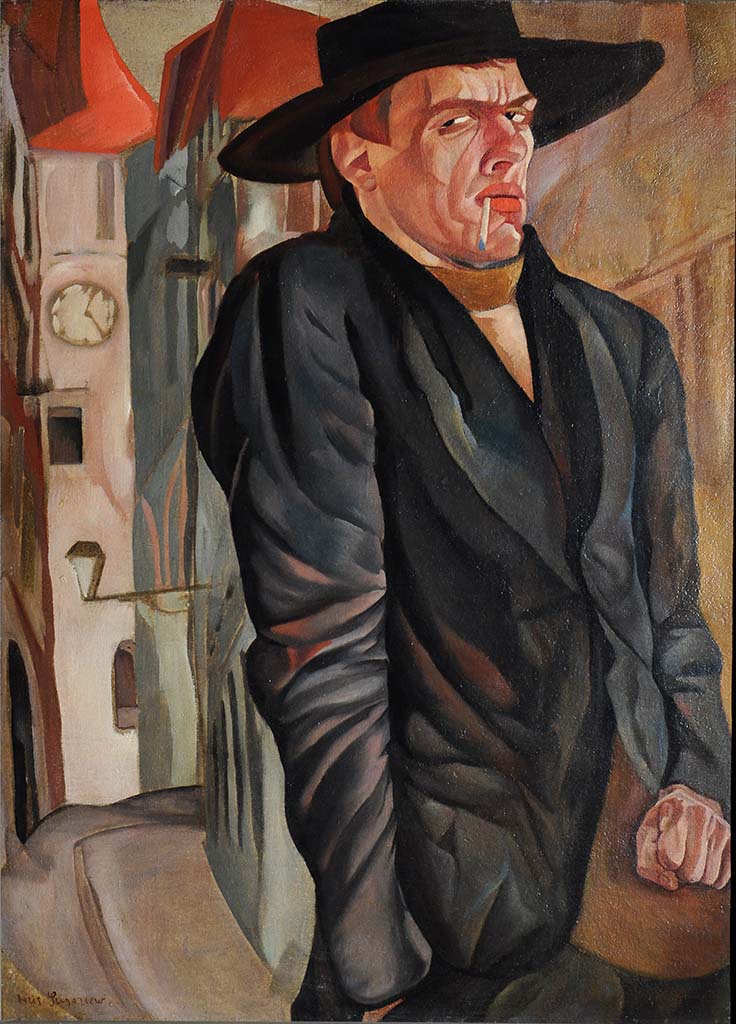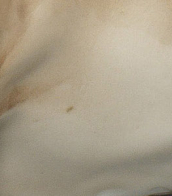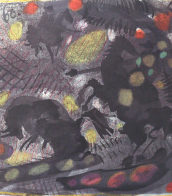hero star


Thomas Holley Chivers was an American physician and poet of the first half of the 19th century.
Chivers earned a medical degree from Transylvania University in Lexington, Kentucky, but rarely practiced medicine. After receiving an inheritance, he was able to live freely and travel. In the early 1830s he traveled extensively throughout the western frontier and the North. He became fascinated with Transcendentalist philosophy as well as slave poetry. A number of Cheevers's poems and plays reflected his ideological views on American Indians and their plight, inspired in part by his interactions with the Cherokee during his frontier wanderings.
During his lifetime, Chivers published eleven volumes of poems, plays, and pamphlets. He also collaborated with the leading literary periodicals and newspapers of the antebellum era, notably the Georgia Citizen, and wrote a biography of Edgar Allan Poe, his friend and soulmate. Nevertheless, the eccentric writer never achieved the critical acclaim he craved all his life.
The friendship between Chivers and Edgar Allan Poe was based on a mutual fascination with metaphysical speculation, as well as on shared literary interests. However, the close cooperation of the two poets was accompanied by a sharp rivalry, in addition, each of them began to consider the artistic borrowings of the other plagiarized. By and large, Chivers is known only for his association with Edgar Poe.



William Shakespeare was a British poet and playwright and writer.
William's father, John Shakespeare, was a merchant and official in Stratford. There are reports that he was a sailor for a time before joining a theater company in London. Beginning in the 1590s, Shakespeare began writing plays, and in 1593 he published a poem, Venus and Adonis, which became popular. He dedicated it to the Duke of Southampton, who was a philanthropist and patron of talent, and soon his business was booming.
From 1592 to 1600 Shakespeare wrote his dramas and romantic comedies "Richard III", "The Taming of the Shrew", "Romeo and Juliet", "A Midsummer Night's Dream" and "The Merchant of Venice", as well as the comedies "Much Ado About Nothing", "Twelfth Night" and the tragedy "Julius Caesar". The playwright's business was so successful that he even bought a large house in Stratford. In 1599, Shakespeare became one of the owners, playwright and actor of the new theater "Globe". In 1603 King James took Shakespeare's troupe under his direct patronage. In the mature period, the great playwright turned to tragedies, there were "Hamlet", "Othello", "King Lear", "Macbeth" and others.
Although in the 19th century researchers had some doubts about the authorship of many of these works, William Shakespeare is considered the greatest English playwright, one of the best playwrights in the world. His plays have been translated into all major languages and to this day form the basis of the world theatrical repertoire, most of them have been screened many times. According to the Guinness Book of Records, Shakespeare remains the world's best-selling playwright, and his plays and poems have sold more than 4 billion copies in the nearly 400 years since his death.







Boris Grigoriev (Russian: Бори́с Дми́триевич Григо́рьев), a Russian artist born in 1886, gained fame for his multifaceted talents as a painter, graphic artist, and writer. His works are celebrated for capturing the essence of rural Russian life and the country's Bohemian artistic circles, including figures like Anna Akhmatova and Velimir Khlebnikov. His series "Russia" (Raseya), created between 1916 and 1918, is particularly noted for its poignant depiction of Russian peasants, earning praise for revealing the true spirit of pre-revolutionary Russia. Grigoriev's international journey took him across Europe and the Americas, where he continued to paint, influenced by the likes of Paul Cézanne. Despite his global travels, Grigoriev's heart remained tied to his Russian roots, which is evident in his works housed in prominent collections such as the Tretyakov Gallery and The Russian Museum.
Grigoriev's life was marked by significant relationships and experiences that influenced his art. His early connection with prominent collector Alexander Korovin and studies at the Académie de la Grande Chaumière in Paris played a crucial role in his development. His art, characterized by expressive portraits and landscapes, spans a wide range of subjects, from notable contemporaries like Sergei Rachmaninoff and Maxim Gorky to the vibrant life and people of Russia. His series "Faces of Russia" and the poignant "Village" from the Raseya series highlight his unique ability to blend personal reflection with social commentary.
Collectors and experts in art and antiques appreciate Grigoriev's work for its depth, diversity, and the way it reflects the turbulent times he lived through. His legacy is a bridge between the Russian tradition and modernist influences, making his works highly sought after in the art world. For those interested in exploring Grigoriev's art further, his paintings are accessible in several museums and galleries worldwide, offering a glimpse into the artist's rich inner world and his perspectives on Russia and beyond.
If you are captivated by the art of Boris Grigoriev and wish to delve deeper into his world, consider signing up for updates on new product sales and auction events related to his work. This subscription is an excellent opportunity for collectors and enthusiasts to stay informed about the availability of Grigoriev's pieces on the market.


Boris Grigoriev (Russian: Бори́с Дми́триевич Григо́рьев), a Russian artist born in 1886, gained fame for his multifaceted talents as a painter, graphic artist, and writer. His works are celebrated for capturing the essence of rural Russian life and the country's Bohemian artistic circles, including figures like Anna Akhmatova and Velimir Khlebnikov. His series "Russia" (Raseya), created between 1916 and 1918, is particularly noted for its poignant depiction of Russian peasants, earning praise for revealing the true spirit of pre-revolutionary Russia. Grigoriev's international journey took him across Europe and the Americas, where he continued to paint, influenced by the likes of Paul Cézanne. Despite his global travels, Grigoriev's heart remained tied to his Russian roots, which is evident in his works housed in prominent collections such as the Tretyakov Gallery and The Russian Museum.
Grigoriev's life was marked by significant relationships and experiences that influenced his art. His early connection with prominent collector Alexander Korovin and studies at the Académie de la Grande Chaumière in Paris played a crucial role in his development. His art, characterized by expressive portraits and landscapes, spans a wide range of subjects, from notable contemporaries like Sergei Rachmaninoff and Maxim Gorky to the vibrant life and people of Russia. His series "Faces of Russia" and the poignant "Village" from the Raseya series highlight his unique ability to blend personal reflection with social commentary.
Collectors and experts in art and antiques appreciate Grigoriev's work for its depth, diversity, and the way it reflects the turbulent times he lived through. His legacy is a bridge between the Russian tradition and modernist influences, making his works highly sought after in the art world. For those interested in exploring Grigoriev's art further, his paintings are accessible in several museums and galleries worldwide, offering a glimpse into the artist's rich inner world and his perspectives on Russia and beyond.
If you are captivated by the art of Boris Grigoriev and wish to delve deeper into his world, consider signing up for updates on new product sales and auction events related to his work. This subscription is an excellent opportunity for collectors and enthusiasts to stay informed about the availability of Grigoriev's pieces on the market.











































































